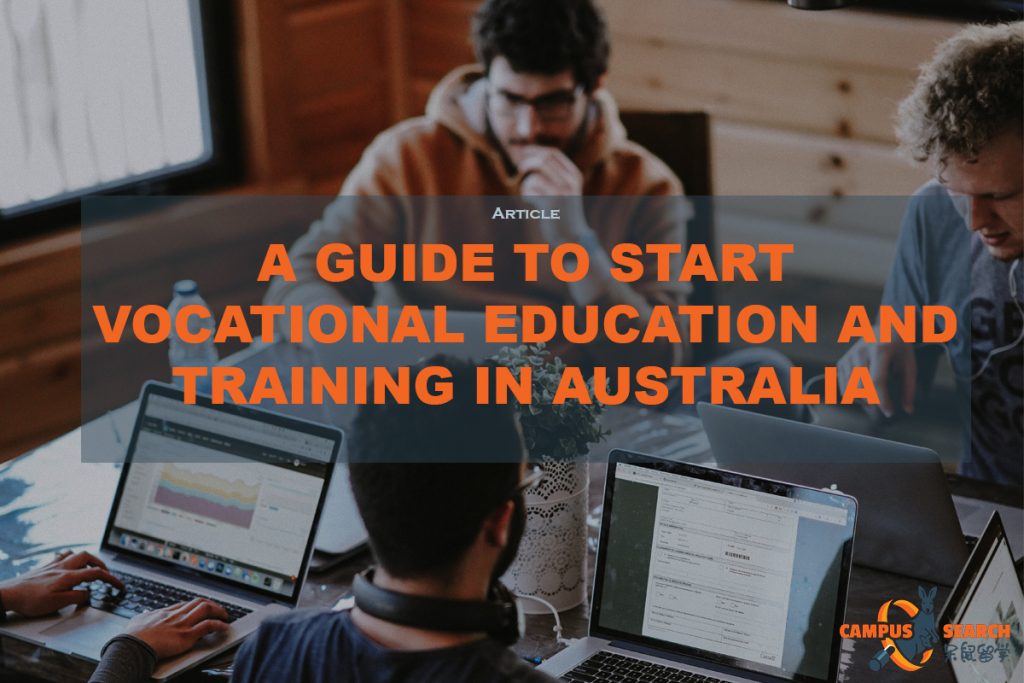Vocational Education Training (VET) programs provide students and professionals in Australia with the skills they need to develop and grow their career. If you are planning to take a VET course, you need to know and understand the system so you can make an informed choice over whether it’s the right career path for you.
It is ideal to stay abreast of the system and keep up with current career trends, especially now that the job market changes so quickly. Continue reading and learn how to take responsibility for your professional development.
What is VET all about?
The Vocational Education and Training (VET) system in the country is designed to ground and prepare students and professionals in the real world. The courses will provide you with career preparation and formal qualifications when specialising in certain areas. You can also upgrade your skills in a chosen field, make a career change, and join or re-join the workforce.
People often associate vocational courses with trade-based occupational skills such as dentistry or welding, but they are more than that. VET programs have a wider reach, ranging from pre-vocational training or foundation studies that involve basic life skills and basic vocational skills for specific occupations to semi-professional vocational training.
VET courses are monitored by the government, which is why they follow national education standards and related certifications and degrees that are accepted by employers across the country. The training, the delivery and assessment of subjects taught, and administration systems are also regulated and accredited.
What are some common VET courses?
If you would like to join the job market for the first time, re-join after taking a break, upgrade your skills, change career, or simply learn more about an area that interests you, a vocational and education training course may be the right choice for you.
Some of the most popular vocational courses in Australia include business administration, marketing, information technology, multimedia design, hospitality management, tourism, agricultural studies, architecture, arts and design, media studies, health and beauty, cookery, computer technology, engineering, and community service. You can specialise in a diverse selection of areas within each industry as well.
One of Australia’s most trusted international education agency, Campus Search, offers nationally recognised vocational education courses in many of the areas above. To date, Campus Search has helped numerous students find their passion and launch their careers.
Whether you have previous work experience, or you are a graduating student hoping to get a head start on a career that inspires you, taking a VET course at Campus Search may be just what you need to pursue the dream you have in mind.
How to get through a VET course?
To help you understand information, solve problems, and apply the knowledge that you have acquired from taking a VET course, you need to have a learning strategy. Processing and applying new information are skills you should master to succeed in a vocational school.
Through the following learning strategies, you can complete the vocational training program and learn the skills that you need.
1. Set a goal.
Setting goals provides you with long-term vision and short-term motivation. It helps you improve academic performance, increase ambition, enhance pride and satisfaction, and raise self-confidence. As a vocational student, your goal should include identifying and reducing weaknesses, perfecting skills, passing exams, or obtaining certifications.
By setting specific goals, you can track your progress and plan out your career path.
2. Design a study plan.
A balanced study plan provides structure and prevents stress, which is essential to effective student learning. So, design your study plan. Find an available time, choose a study style, set priorities, and most importantly, stick to your plan. In that way, you can identify weak spots beforehand, work on skills that need practice, and prepare for exams more easily.
3. Take advantage of study breaks.
When you take a VET course, you should realise the importance of study breaks: they allow your brain to recover and refresh.
Attention spans and willpowers often come short, which is why your brain, including the rest of your body, become fatigued. This impedes your ability to retain information. Having breaks, taking a walk in the park, or even sleeping will give your mind the rest it deserves.
4. Learn how to use new technologies.
Trying new technologies will enhance your overall learning experience. A variety of desktop tools and mobile applications can help you improve your study routine. They offer services such as recording lectures, accessing mentoring services, organising study materials, creating digital flashcards, and managing study time.
5. Work with other students and professionals.
Studying with your peers can be very beneficial. They can help you when you have difficulties with the material, motivate you when you are overwhelmed, and encourage you to stick to your study goals.
Moreover, explaining new information to other students and professionals will force you to organise and approach your studies in a systematic way. It can help you process and apply new knowledge better.
Do You Want to Take a VET Course in Australia? Get in Touch with an International Education Agency!
Whether you want to acquire new skills or work on your professional development, Campus Search can help you! We offer a range of vocational courses from various fields of employment, including business and marketing, screen and media, and cookery and patisserie. Take a course and become a more competitive employment candidate. Call +61 3 9453 2888 today!


